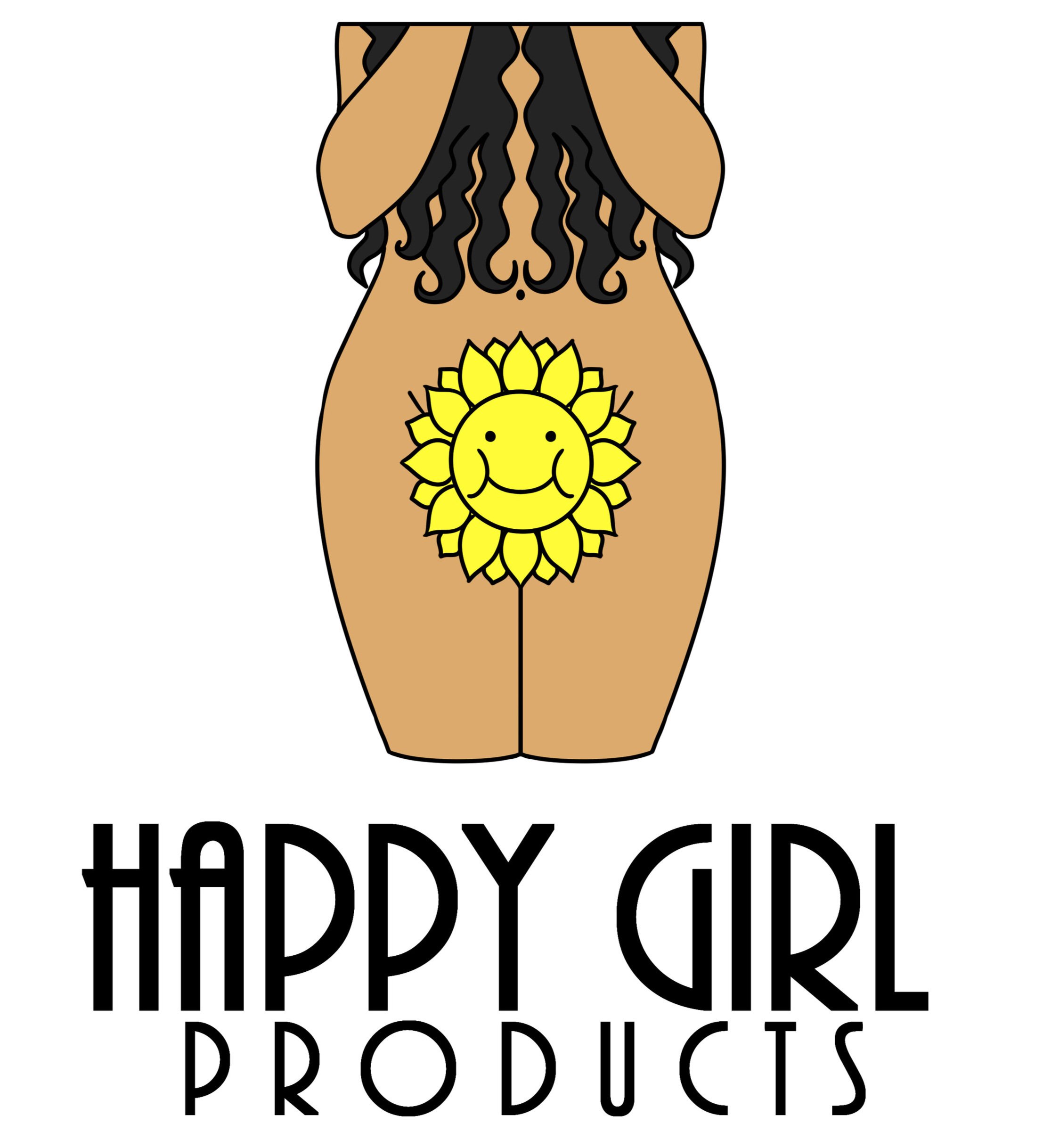Are Your Skin-Care and Feminine Products As Bad as Cigarettes?
We’ve all had that moment where we thought we discovered the perfect beauty regimen only to discover we start developing minor side effects within a few weeks; however, something much more sinister may be going on with your skin care, feminine and hair care products—hormone disruption caused by certain ingredients heavily used in the industry. Read on to learn about some of the deadliest chemicals that are probably in most of your beauty products:
Talc
Probably the most famous example of beauty companies using dangerous ingredients is Johnson & Johnson’s use of talc in baby powder (another class action suit was filed in July of 2021). Talc was heavily marketed to women for years by the company, who readily ignored and buried the toxic ingredient’s link to ovarian cancer.
Parabens
Commonly found in shampoos and skincare products, parabens are an inexpensive preservative. While the paraben molecules are small (and big corporations will make the asinine claim that their size means they’re filtered by the liver), they have been linked to breast cancer and infertility as well as various hormonal, metabolic and neurological disorders.
Phtalates
This one is extra sneaky because companies commonly hide it in proprietary fragrance blends, but it’s one of the most dangerous chemicals you can introduce into your body. Phtalates act as an endocrine disruptor and androgen blocking substance that mimics or blocks female hormones. In men (not our focus here, obviously, but we both know your man is using your shampoo) phthalates are shown to suppress sexual development. Finally, they’re able to cross the placenta, meaning if you’re pregnant, you could be stunting your baby’s hormonal development.
Pesticides
You’re probably wondering how in the hell pesticides are getting in your lipstick and skincare, but anything that sources from mother nature (minus organic or carefully selected ingredients from sustainable farmers) likely contains pesticides. While you want to avoid all pesticides, one of the big ones is Organophosphates (Ops). Ops have been shown to affect the thyroid hormones—one of the primary hormone producers in your body.
Formaldehyde
Yeah, that stinky stuff that preserved your 9th grade biology dissection frog is in A LOT of beauty products (it also makes that gross nail polish smell). Formaldehyde affects every hormone system in your body, but it’s most noticeable in the reproductive and developmental systems. In other words, your shampoo or haircare could be causing heavier periods and fertility issues.
Lead
So lead is actually acceptable in up to 20 parts per million (ppm) by the FDA (which girl, let’s sum up the FDA by pointing out how they hardly regulate cosmetic development or creation at all; they only handle complaints made against products that have already been produced), but many independent testers are finding higher than “safe” levels of lead in cosmetic and skincare products. Lead has been shown to affect most endocrine (hormone producing) glands. In women, it accumulates in the ovaries, causing growth and puberty delays as well as infertility.
Oxybenzone
If you lather yourself with sunscreen, you’re likely exposing yourself to this estrogen mimicking ingredient. There are far too many side effects this toxic ingredient has on women, but just some of the systems affected are the breasts, reproductive and growth systems. In fact, oxybenzone has been shown to alter the mammary gland structure in female mice—so imagine what it does to humans?
Diethylene glycol (DEG)
Frequently found in products like brake fluid, antifreeze and cigarettes, DEG is in an assortment of personal care products, including hair dyes. DEG has been found to cause renal failure in high doses and affects the metabolic system, causing the body to become an acidic environment that cannot facilitate proper hormone creation and distribution.
BPA-Packaging
Just when you thought you were safe, we need to drop our last truth bomb: your product’s packaging can be messing with your hormones. BPA can be found in both the packaging and the ingredients list, depending on the product, and I can’t tell you how many “natural” products I’ve seen packaged in BPA-containing materials. BPA binds to estrogen receptors, greatly influencing both hormone production and receptors.
And if this wasn’t enough, it’s even more so for women of color. Products targeted to women of color “have higher levels of carcinogens and toxicants” according to Phyllis Ellis’s documentary Toxic Beauty.
So where does this leave you? If majority of your products contain hormone disrupting chemicals, how are you supposed to find the good stuff? Read labels!!! Read labels!!! Read labels!!! Not the front of the label with “natural” claims, but the INGREDIENTS. If it’s filled with a long list of words you don’t recognize, you may want to re-think your purchase. Keep in mind that natural or plant ingredients can be long unrecognizable words as well, but the recognized name of the plant or flower is usually in quotation.
And…
We are the good stuff!
Happy Girl Products are:
· Non-GMO
· Use REAL ingredients you can recognize
· No Harsh Chemicals to ensure your system works the way nature intended
· Fragrance Free
· AND we don’t test on animals
We care about you, so we source some of our ingredients from real farmers and producers to ensure you obtain optimal vaginal health without using anything that can cause adverse health effects.
The author. Joelle Lynn is an entrepreneur, herbalist, esthetician, master-formulator of all things natural, and the founder of Happy Girl Products.
Sign up here for the tea.
